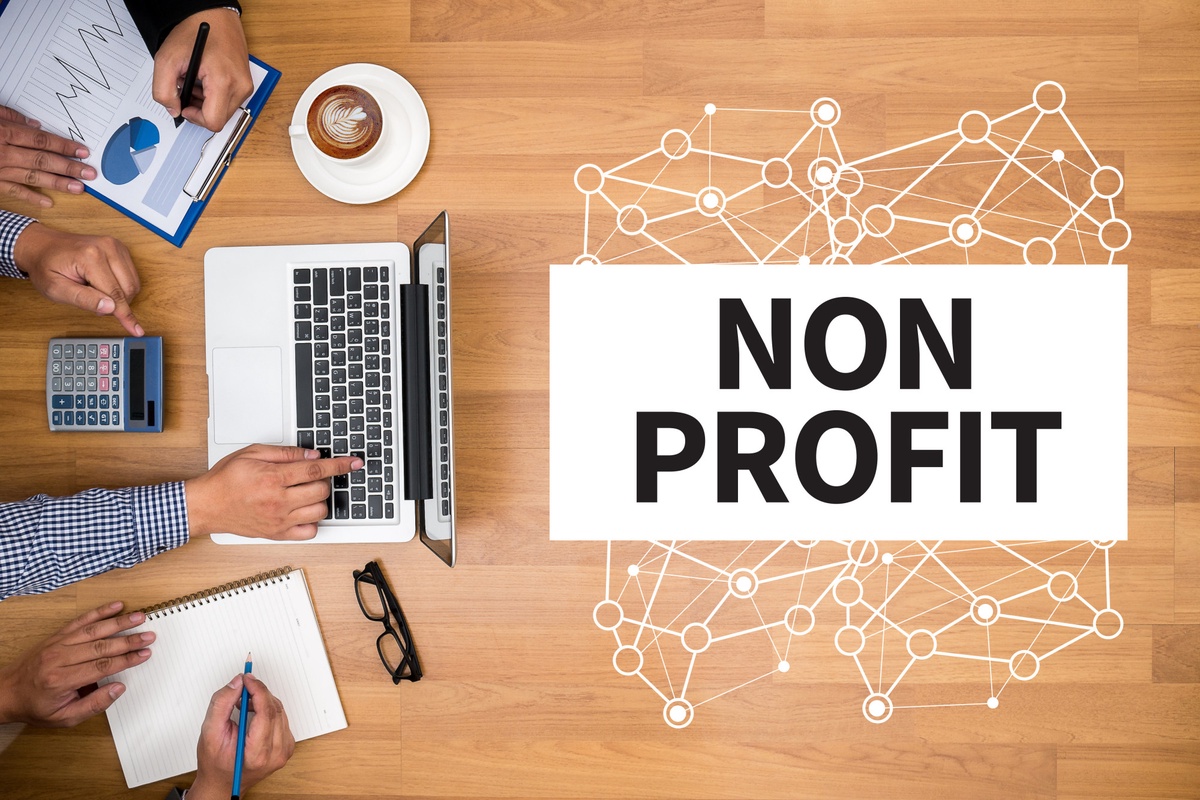Nonprofit organizations play a crucial role in addressing various social issues and making a positive impact on communities. If you have a passion for a cause and a desire to make a difference, starting a nonprofit could be the ideal path for you. In this article, we'll explore the nonprofit process, the benefits of nonprofits, and how to utilize artificial intelligence (AI) to enhance your Grow Your Nonprofit and impact.
The Nonprofit Process
- Define Your Mission and Goals
Every nonprofit Process begins with a clear and compelling mission statement. It should express your organization's purpose, values, and the social issue you aim to address. Your goals should be specific, measurable, achievable, relevant, and time-bound (SMART). This initial step is crucial as it sets the foundation for everything that follows.
- Conduct Research
Thorough research is essential to understand the issue you're tackling, the target audience you want to serve, and the existing solutions and organizations in your field. This research will help you identify gaps in services and opportunities for your nonprofit to make a meaningful impact.
Legal Structure and Compliance
Choose a legal structure for your nonprofit, such as a 501(c)(3) in the United States, which provides tax-exempt status to donors. Compliance with relevant laws and regulations is essential to maintain your nonprofit's credibility and financial transparency.
- Board of Directors and Governance
Assemble a dedicated board of directors with diverse skills and experiences. Their role is to oversee your organization, set strategic direction, and ensure that your nonprofit operates in alignment with its mission and values.
- Fundraising and Budgeting
Develop a fundraising strategy that includes a mix of revenue sources, such as grants, individual donations, corporate partnerships, and events. Create a realistic budget that outlines your expected expenses and revenue to ensure financial sustainability.
- Technology and Data Management
In today's digital age, effective technology and data management are key to nonprofit success. Utilize tools for donor management, volunteer coordination, and data analysis to optimize your operations and decision-making processes.
- Marketing and Community Engagement
Raise awareness of your nonprofit and engage with your community through social media, email marketing, and events. Building a strong online and offline presence can help you attract supporters, volunteers, and donors.
- Impact Measurement
Implement systems to measure and report on the impact of your nonprofit's work. Demonstrating the effectiveness of your programs and services is crucial for building trust with donors and stakeholders.
- Scalability and Growth
Plan for the long term by considering how your nonprofit can grow and scale its impact over time. Develop strategies for expanding your reach and diversifying your revenue sources.
Benefits of Nonprofits
Nonprofit organizations offer several unique benefits:
- Social Impact
Nonprofits are driven by a commitment to making a positive difference in society. By focusing on various social issues, they address critical problems and contribute to the betterment of communities and the world.
- Tax Benefits for Donors
Nonprofit organizations, especially 501(c)(3) entities in the United States, offer tax incentives for donors. This encourages individuals and corporations to contribute to your cause, as they can receive tax deductions for their contributions.
- Community Building
Nonprofits bring people together who share a common interest or concern. They provide a sense of community and connection, fostering solidarity and shared purpose among their members and supporters.
- Philanthropic Opportunities
Nonprofits offer individuals and businesses the chance to channel their resources, time, and expertise towards charitable activities. This enables individuals to give back to society and be part of meaningful change.
- Mission-Driven Work
Working for a nonprofit courses individuals to align their careers with their values and passions. This sense of purpose can be deeply fulfilling, leading to job satisfaction and a strong commitment to the organization's mission.
Using Artificial Intelligence for Nonprofits
Artificial intelligence (AI) has the potential to revolutionize the nonprofit sector in various ways:
- Donor and Volunteer Management
AI can help nonprofits manage their donor and volunteer databases more efficiently. Predictive analytics can identify potential donors and volunteers based on past behavior, while chatbots and virtual assistants can provide support and information to users, freeing up staff for more strategic tasks.
- Fundraising Optimization
AI-powered tools can analyze donor data to identify trends and preferences. This information can be used to tailor fundraising campaigns, personalize donor communications, and optimize the timing of donation requests.
- Data Analysis and Insights
AI can process large datasets to reveal insights about your nonprofit's operations, donor behavior, and program effectiveness. This information can guide strategic decisions and improve program outcomes.
- Social Media and Marketing
AI can help nonprofits make the most of their online presence. Natural language processing can analyze social media sentiments, allowing organizations to respond to trends and engage with their audience more effectively. Chatbots and AI-driven content recommendations can also enhance online user experiences.
- Predictive Maintenance for Equipment and Facilities
Nonprofits that rely on equipment or facilities for their operations can use AI for predictive maintenance. This means identifying potential issues before they become costly problems, saving money and ensuring that services continue without disruption.
Conclusion
Nonprofit organizations are essential for addressing social issues and fostering positive change. The process of starting and growing a nonprofit involves defining your mission, conducting research, ensuring legal compliance, and developing strong governance, fundraising, and technology strategies. The benefits of nonprofits include their potential for social impact, tax benefits for donors, community building, philanthropic opportunities, and mission-driven work.


No comments yet